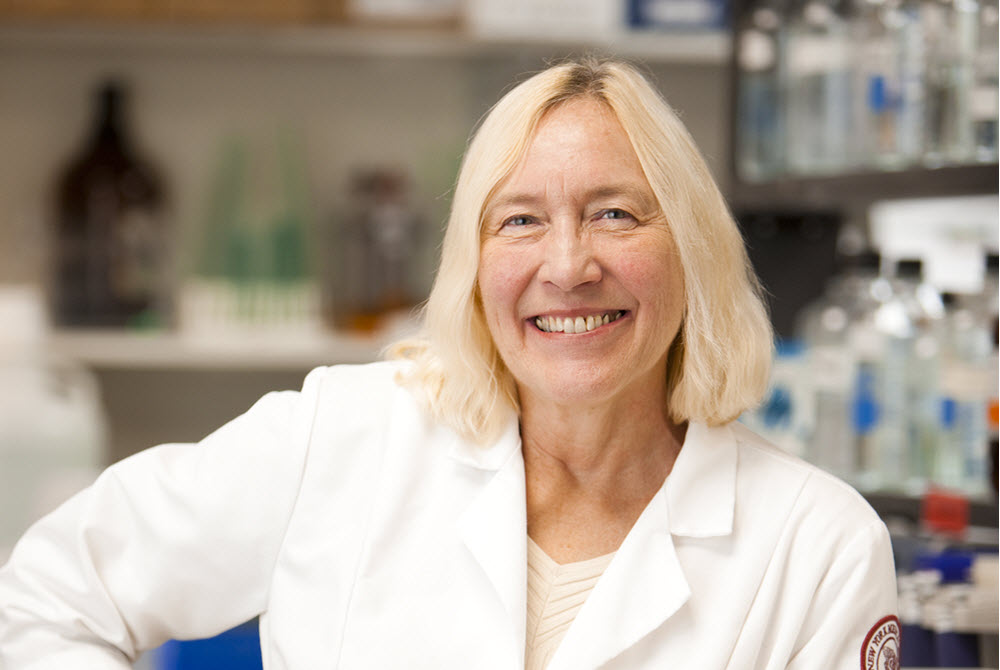Nearly $1 Million Grant to Again Support NYMC in Developing Annual Flu Vaccine
As the COVID-19 pandemic continues, researchers around the world are scrambling to develop a vaccine. More than a century ago, the 1918 influenza pandemic, which killed 50 to 100 million people worldwide, sparked similar vaccine-related research, and today, the Centers for Disease Control and Prevention (CDC) estimates that the influenza vaccine reduces the risk of flu illness by between 40 percent and 60 percent.

New York Medical College (NYMC) has been at the forefront in aiding in the development of the annual influenza vaccine for decades. Each year, NYMC researchers, develop two to four high-yield, high-growth influenza virus reassortants as ‘seed’ viruses for the production of the world’s annual supply of influenza vaccine—some 400 million doses worldwide.
This year, that research will be supported by a $956,604 grant from the International Federation of Pharmaceutical Manufacturers and Associations (IFPMA). Since 2002, NYMC has annually received similar funding for influenza vaccine development from IFPMA and the Biomedical Advanced Research and Development Authority (BARDA), totaling approximately $18 million to support this important research.
“Every year is critical, with the influenza vaccine preventing thousands of deaths and several hundred thousand hospitalizations,” says Doris Bucher, Ph.D., associate professor of microbiology and immunology, who has overseen the laboratory and directed the production of the seed viruses at NYMC since 2004. “We also developed the seed viruses for the 2009 swine flu vaccine. Because our approach was more rapid than a competing methodology, it resulted in a better product, which was recognized by the vaccine manufacturers with increased funding.”
“This year, with the high demand for hospital beds for patients with COVID-19 infections, the influenza vaccine will play an even more critical role in preventing people from being infected with the flu and keeping them out of the hospitals.”
According to Dr. Bucher, “Human influenza virus isolates do not grow well in the allantoic cavity of embryonated eggs, the substrate for production of the vaccine virus. So, to increase growth of the virus for the vaccine, we use a process now known as ‘classical reassortment,’ which involves the co-infection of eggs with the wild type strain and a high yielding virus, resulting in improved growth of the virus for the vaccine though high yield reassortant seed viruses.
Classical reassortment was originally conceived and developed by the late Edwin Kilbourne, M.D., in the 1960s and was first utilized for the Hong Kong flu vaccine in 1968-1969 when Dr. Kilbourne was a professor at Cornell Medical School. The same process was later continued at NYMC by Dr. Kilbourne when he served on the faculty from 1993 until his retirement in 2002. Dr. Kilbourne later went on to donate a catalog of nearly 200 variations of the influenza virus to the National Institutes of Health, which was named the Kilbourne/New York Medical College Archive.
